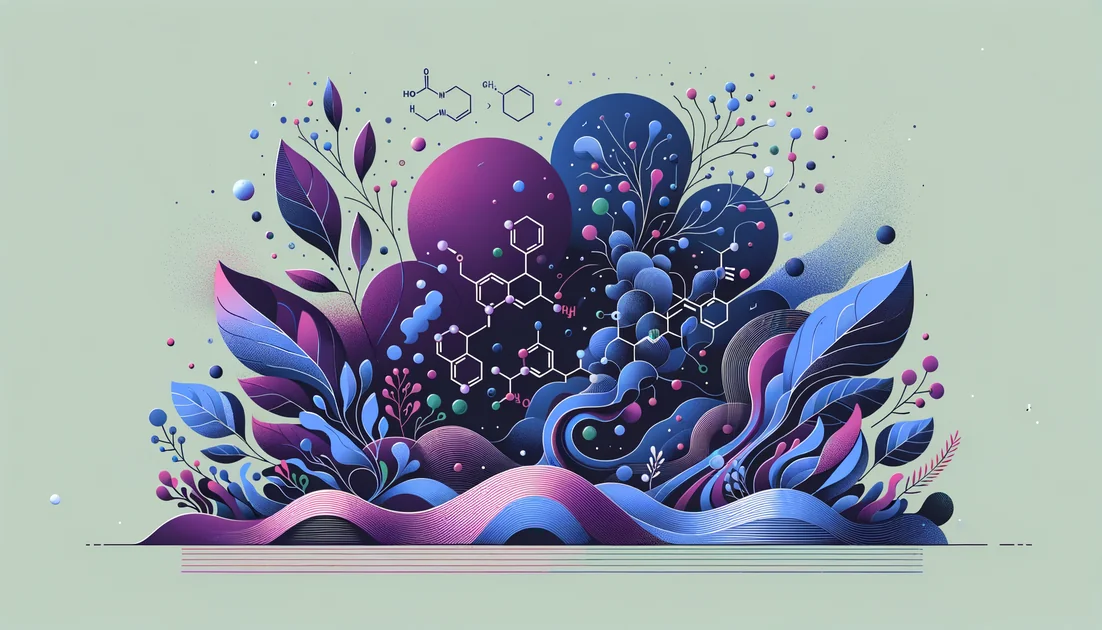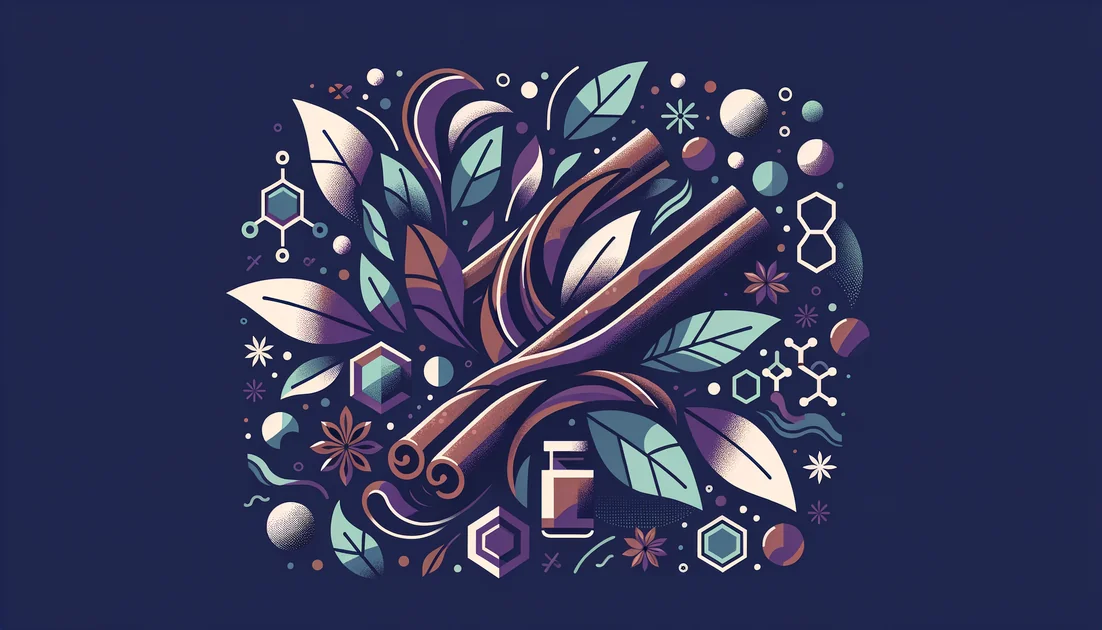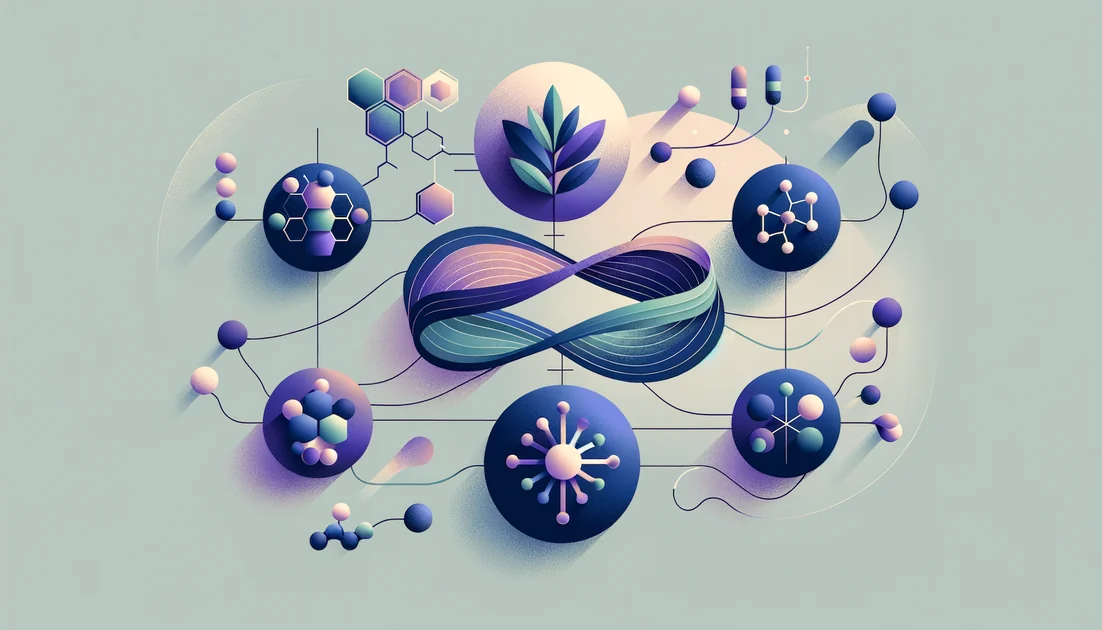
The Sprout That Fights Back: From Polluted Air to the Fever Effect, What Broccoli Extract Really Does
On a hazy summer morning in eastern China, volunteers lined up for a lime-and-pineapple drink that had one odd ingredient: powdered broccoli sprouts. Within 24 hours, their bodies were flushing out more benzene—a carcinogen from air pollution—than the day before. A vegetable extract, not a drug, had quietly turned up the body's own detox gears. What else could this bitter green do? [3]
- Evidence
- Promising
- Immediate Effect
- Within 24 h for detox biomarkers; clinical effects generally require weeks → 4–12 weeks
- Wears Off
- 1–4 weeks after stopping
The unlikely beginning: a lab, a sprout, and a new idea
In the 1990s, pharmacologist Paul Talalay asked a provocative question: instead of attacking disease head-on, could we persuade the body to defend itself better? He called this approach "chemoprotection," and broccoli—specifically its newborn sprouts—became his unlikely co-star. Three-day-old sprouts carried dozens of times more of a dormant compound, glucoraphanin, that can be snapped into its active form, sulforaphane, when plant tissues are crushed and an enzyme called myrosinase comes online. Sulforaphane, in , flips genetic switches that build our internal clean-up crews—detox enzymes, antioxidant defenses, and cellular repair systems. [1][2] Talalay liked to explain the philosophy behind it plainly: "Protection implies an empowering function that an individual can use.. one can use the body's own protective mechanisms and boost them." [14]
What happens when the air itself is the problem?
That broccoli-sprout drink in Qidong, China wasn't a wellness fad; it was a randomized clinical trial. For 12 weeks, 291 adults drank either a placebo or a beverage delivering glucoraphanin and a modest dose of sulforaphane. The result was arresting: people on the sprout drink excreted 61% more benzene byproducts and 23% more acrolein byproducts—signals that their detox systems were neutralizing more pollutants—and the effect persisted day after day. [3] A follow-up dose-finding study sharpened the picture: benefits appeared when daily sulforaphane output reached roughly 25 micromoles, but not at substantially lower intakes. In other words, there's a threshold for the body's "green switch" to click on. [4] How did researchers ensure the plant chemistry actually fired? They pre-treated some extracts with myrosinase—borrowed from daikon sprouts—to guarantee that glucoraphanin converted to sulforaphane before bottling. That practical trick foreshadows a theme you can use at home. [8]
The stomach bug that meets its match—partly
In Japan, another small human trial took on Helicobacter pylori, the bacterium behind many ulcers. For eight weeks, volunteers ate broccoli sprouts daily. The outcome: bacterial colonization markers dipped and stomach inflammation eased. It didn't eradicate the bug, but it nudged the ecosystem toward less damage—like dimming a campfire rather than dousing it. [5]
A curious clue from fevers—and a controversial application
Parents of some autistic children often notice a strange thing: during a fever, behaviors briefly improve. Researchers wondered if sulforaphane could mimic that internal "heat-shock" response—the body's way of marshaling protective proteins under stress. In a 2014 placebo-controlled trial, young men with autism who received sulforaphane showed measurable gains in social responsiveness and reductions in irritability by week four; after stopping, many gains faded within weeks, mirroring the transient fever effect. [6] Since then, results have been mixed. A 2021 trial in younger children reported biochemical shifts and some behavioral signals but overall modest, variable benefits; a 2024/2025 meta-analysis pooling RCTs suggests small-to-moderate improvements across several symptom domains, with notable heterogeneity. Translation: there's a signal, but it's not a slam dunk, and more rigorous studies are needed to define who benefits. [7]
Sunlight, skin, and broccoli on your beach bag?
Even the skin story surprised scientists. In a human pilot, topical broccoli-sprout extract made sun-exposed patches of skin less red and inflamed—not by blocking UV like sunscreen, but by switching on internal protective enzymes, a cellular "shade canopy." It was proof-of-principle, not a sunscreen replacement, but it captured the extract's core trick: empower, don't shield. [11]
Where enthusiasm meets engineering
As the science matured, so did the delivery question: raw broccoli is inconsistent, cooking often knocks out myrosinase, and many supplements supply only the precursor (glucoraphanin) without the enzyme. Food scientists figured out a simple kitchen workaround: add a pinch of a myrosinase-rich food—think mustard seed, fresh daikon, arugula—after cooking. In a small crossover trial, 1 gram of powdered mustard seed taken with cooked broccoli quadrupled sulforaphane bioavailability versus broccoli alone. [9][8] Jed Fahey, a longtime collaborator of Talalay's, put the mission this way: "I didn't want to be in the drug-creation business. I wanted to get people to eat more healthy diets." Early on, his team even tried selling fresh sprouts before pivoting to extracts when logistics proved brutal. [10]
Metabolism and the long game
What about blood sugar? Early work in type 2 diabetes hinted that broccoli sprout powder could improve insulin resistance over four weeks, and a recent 12-week trial in people with prediabetes found a small reduction in fasting glucose overall but missed its primary target—suggesting benefits may be real yet modest and dependent on dose, gut microbiome, or baseline metabolism. [12] Intriguing neuroscience is unfolding too. Preliminary studies show sulforaphane can alter glutathione—the brain's antioxidant "reserve tank"—and may tweak cognitive domains in early-episode schizophrenia, though not global outcomes. It's a classic early-stage signal: promising mechanisms, cautious clinical steps. [13]
How to make the most of it (without the hype)
If you use a broccoli extract, two practical levers matter: dose and activation. Clinical detox studies suggest a threshold: daily sulforaphane availability around two dozen micromoles—roughly the output seen with beverages delivering 40 micromoles of sulforaphane or ample glucoraphanin plus active myrosinase—turned on pollutant clearance, while lower intakes did little. [3][4][8] For food, keep the enzyme alive or add it back:
Lightly steam mature broccoli, then toss with a myrosinase-rich side like mustard seed, fresh radish, or arugula. [8][9]
If you cook thoroughly or buy frozen (often pre-blanched), add a pinch of mustard powder at the table to "wake" sulforaphane formation. [8]
And expectations? Think timelines:
Biomarker shifts (like pollutant detox) can appear within a day and persist with daily use. [3][4]
Microbe-host and behavior targets (H. pylori, autism) typically need weeks, and effects may recede after stopping. [5][6]
A final note of humility
Even its pioneers warned against silver bullets. As one remembrance captured Talalay's stance: "Do I tell everybody to eat broccoli sprouts? No.. But I believe they are protective." [15] In that spirit, broccoli extract is less a miracle than a lever—one that, when properly engaged, can amplify the defenses your cells already own. The story is still being written, but the plot is clear: empower the body, and it often fights back. [1][2]
Key takeaways
- •A broccoli-sprout beverage increased excretion of airborne pollutants (like benzene) within 24 hours, signaling rapid detox activation in humans.
- •Sulforaphane, formed from glucoraphanin when sprouts are crushed, flips genetic switches that upregulate detox enzymes, antioxidant defenses, and cellular repair.
- •Human trials that moved biomarkers used daily sulforaphane in the tens of micromoles; detox benefits appeared near ~25 µmol/day and above.
- •Benefits beyond detox are emerging: reduced H. pylori colonization markers and gastritis, and mixed but promising effects on autism behaviors that fade after stopping.
- •Timing matters: detox shifts can be seen quickly, while gut/brain outcomes typically need 8–18 weeks of daily intake.
- •Cautions: mild GI upset has been noted; rare seizures occurred in an autism trial population predisposed to seizures—consult a clinician if seizure-prone.
You might also like
Explore more of our evidence-led investigations, comparisons, and guides across every article style.

Seeking Health
Testing-forward nutrigenomics brand with gold-standard facility certs—but COAs on request and premium price tags

Uridine 5'-Monophosphate (UMP) vs Triacetyluridine (Uridine Triacetate, TAU)
Pick UMP for everyday, lower-cost stacking with DHA/choline; pick TAU if you specifically need maximum systemic uridine delivery and have medical oversight. Evidence for outcomes favors UMP-containing formulas; TAU wins on bioavailability. [6][7][1][2]


Cinnamon (Cinnamomum spp.)
Open a jar of cinnamon and you smell warmth, holidays, sweetness. Five centuries ago, that aroma helped launch ships and redraw maps. Today, the same spice shows up in glucose meters and lab readouts—hinting at benefits while warning us, paradoxically, to mind the label on the jar. [1][2][3]


Tocotrienols
The stealthier cousins of vitamin E—built with springy tails that move differently in cell membranes and behave differently in your body.


